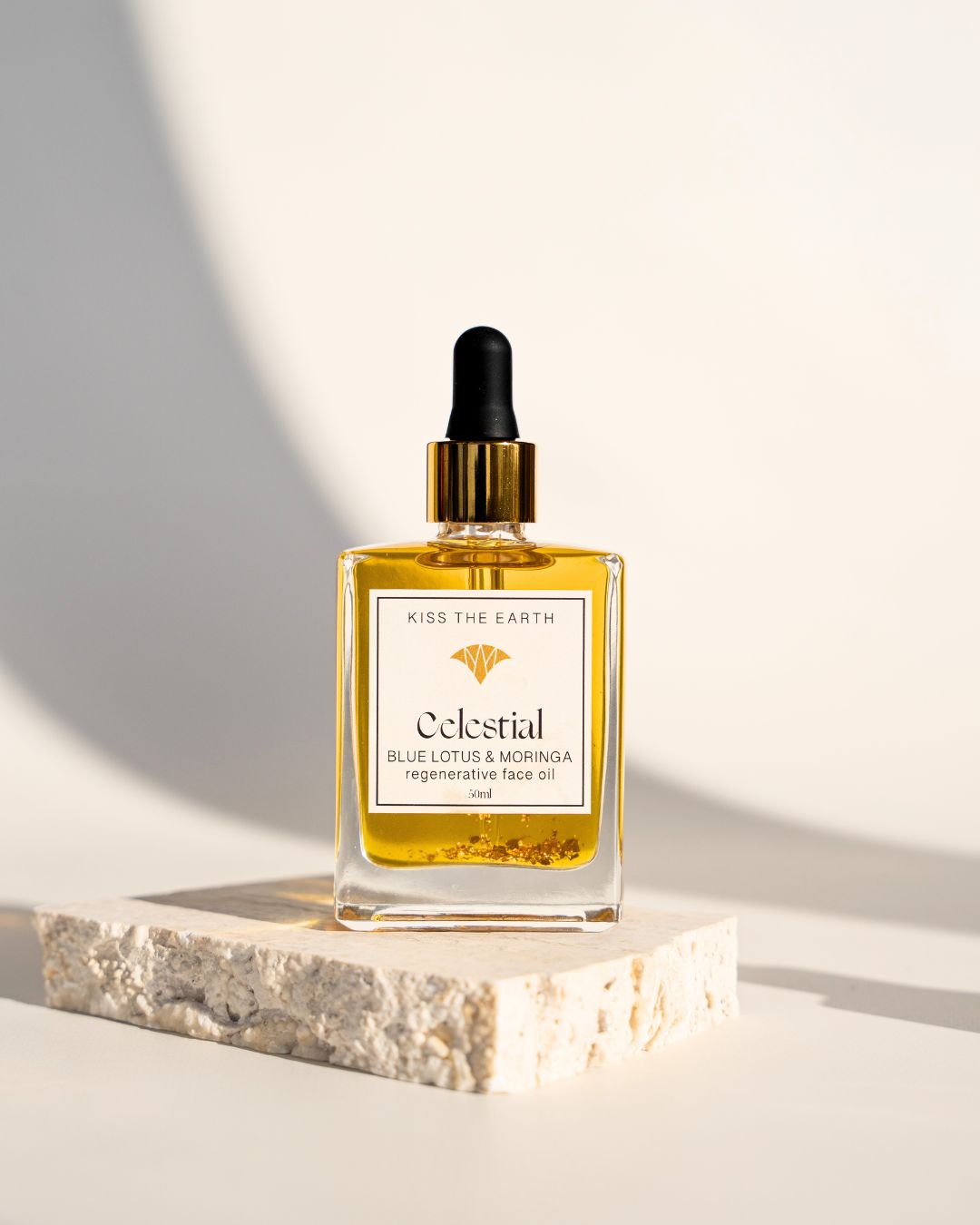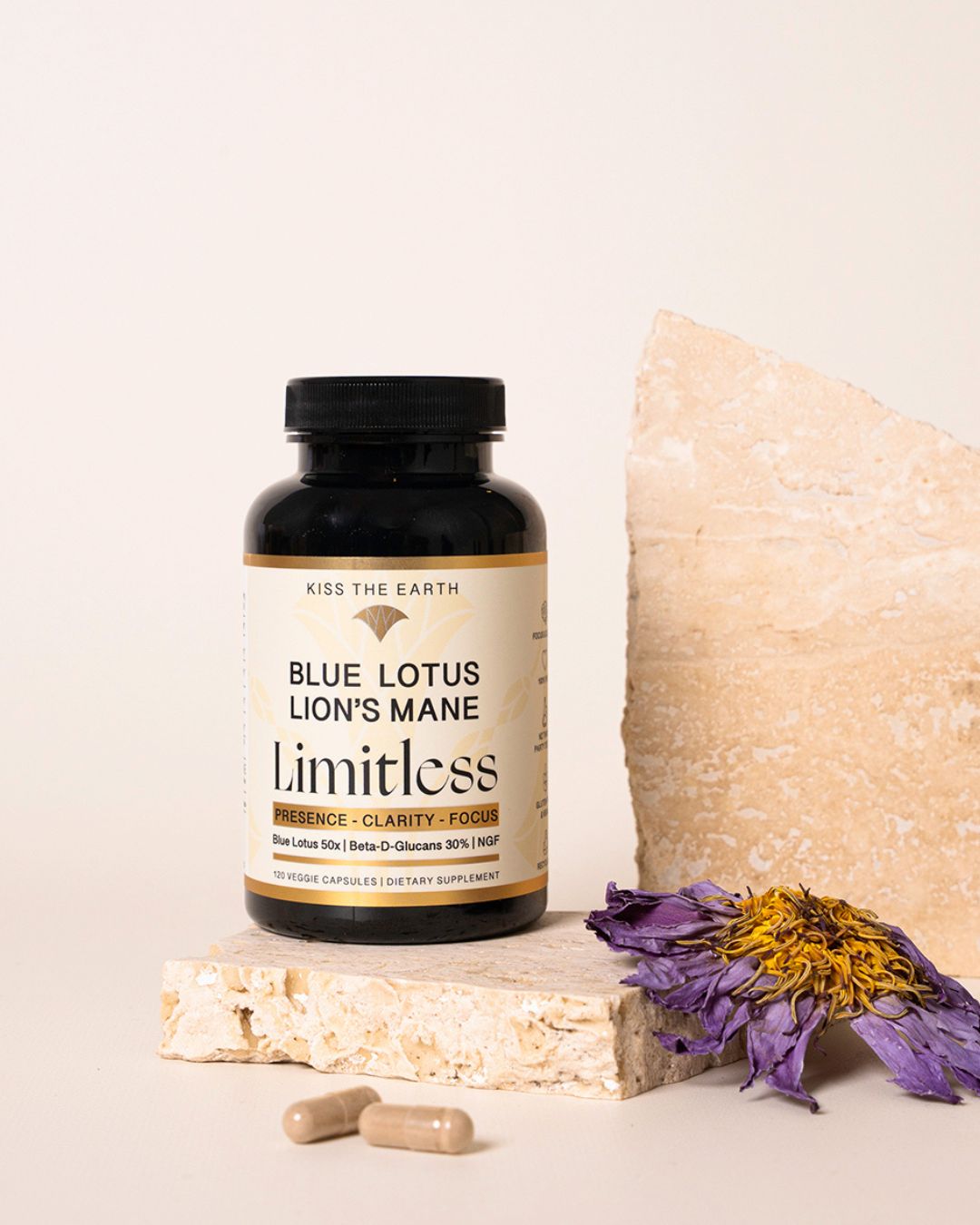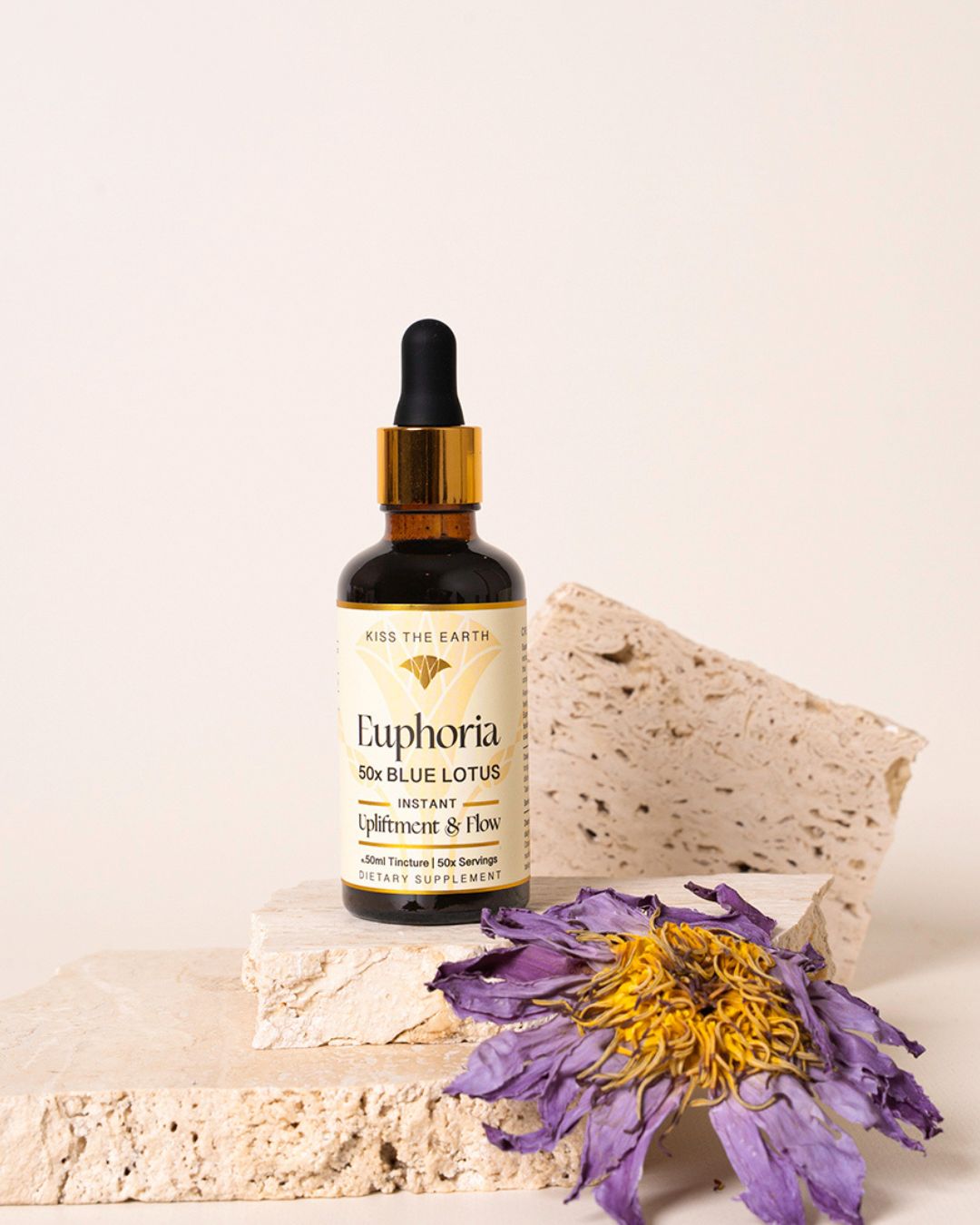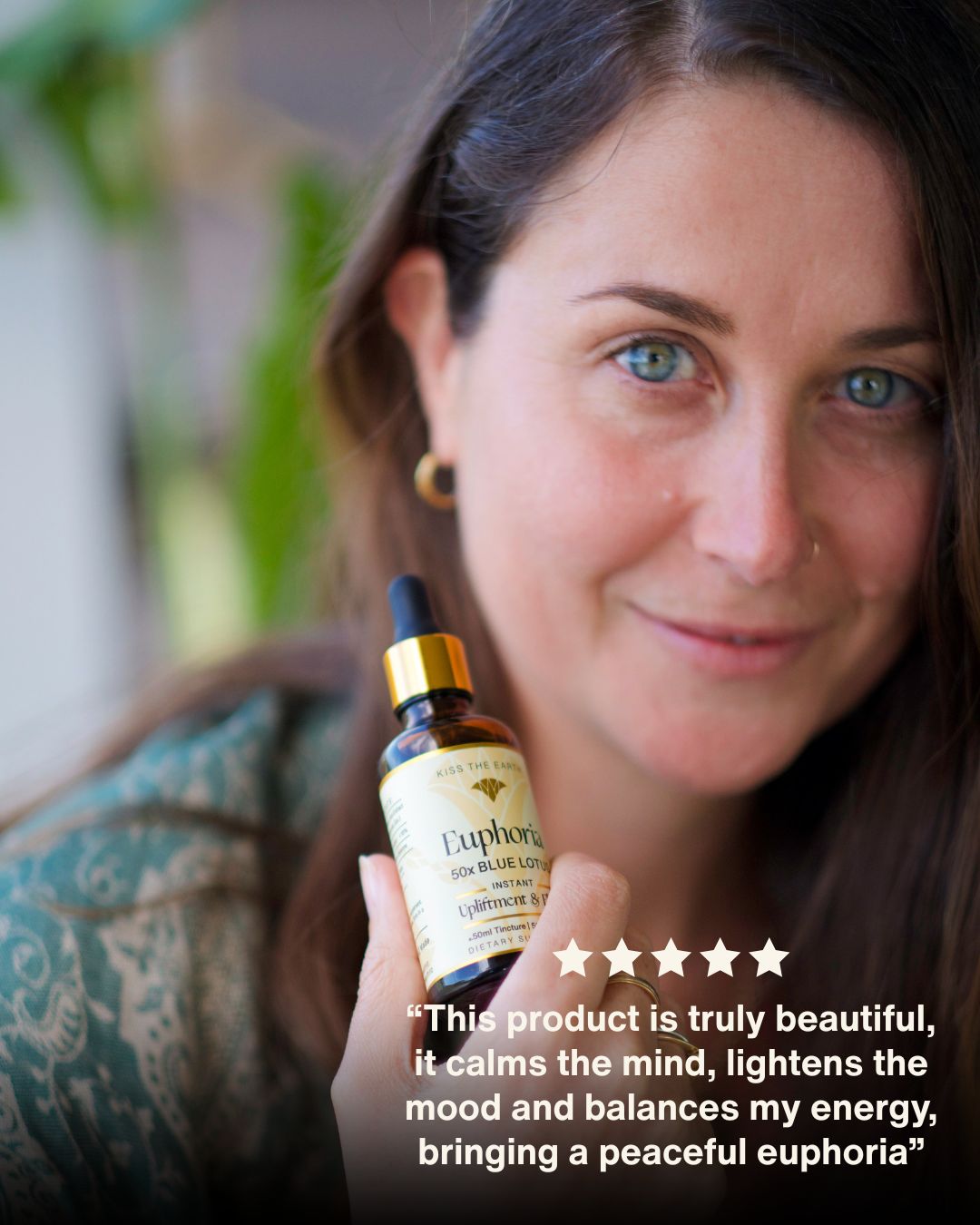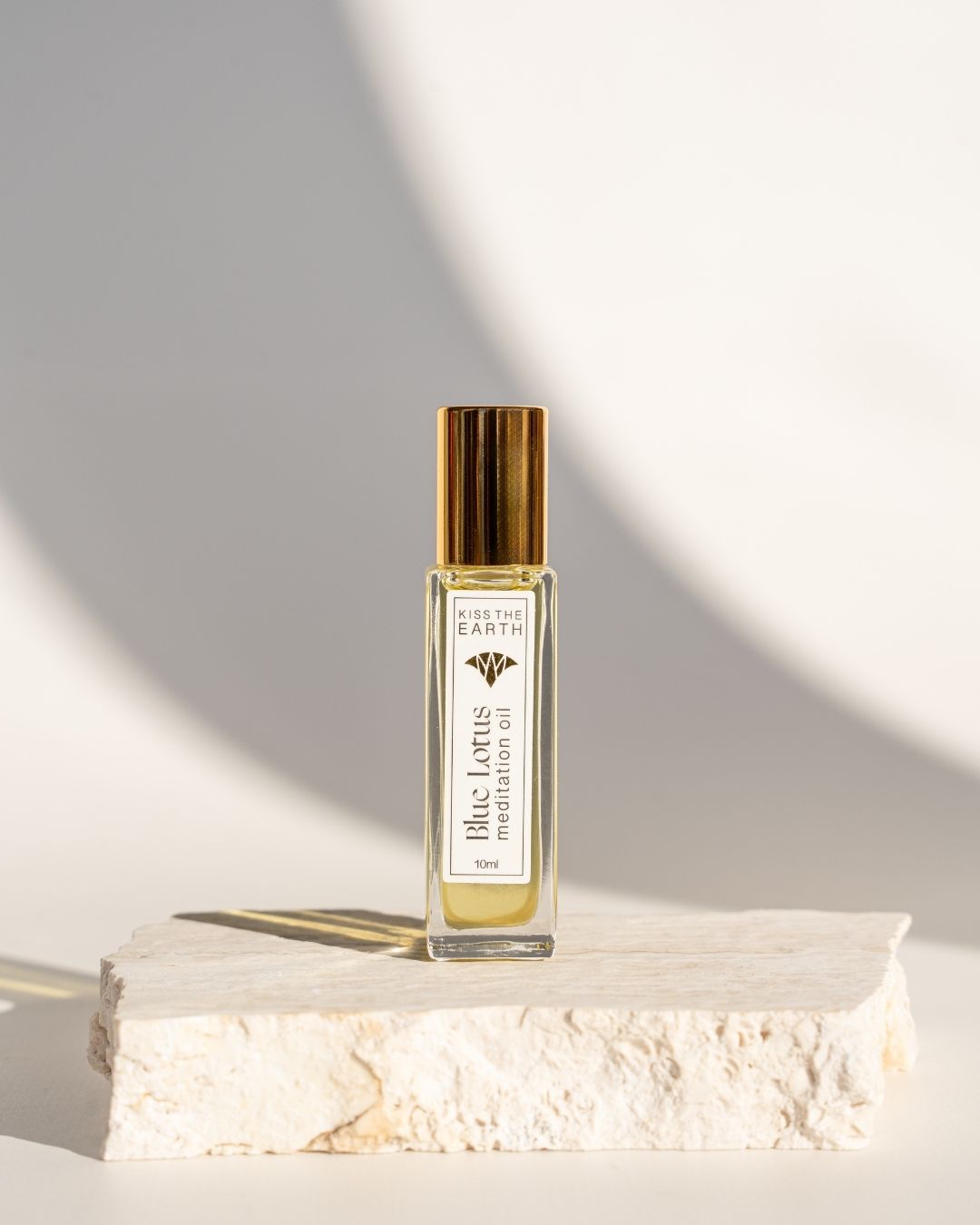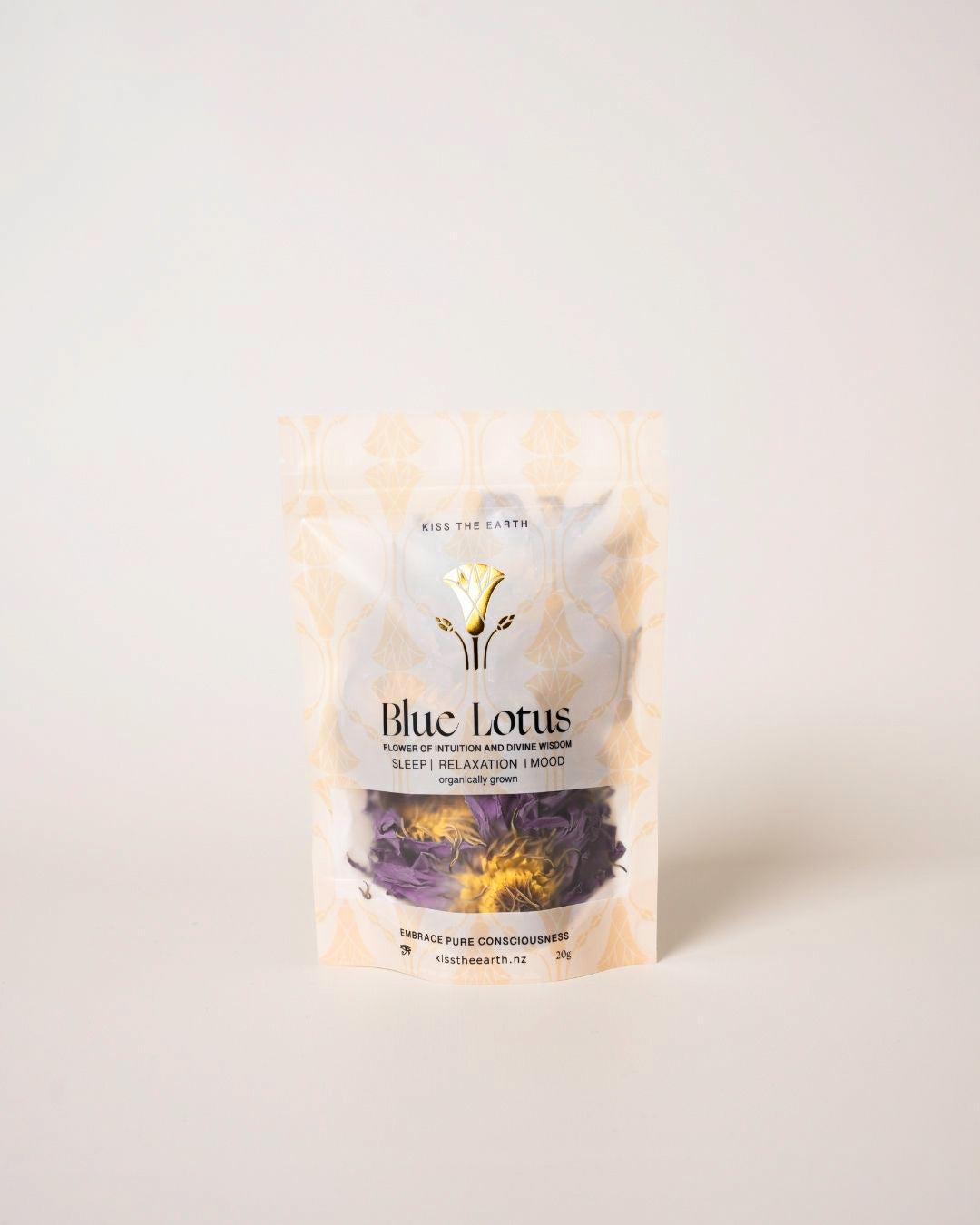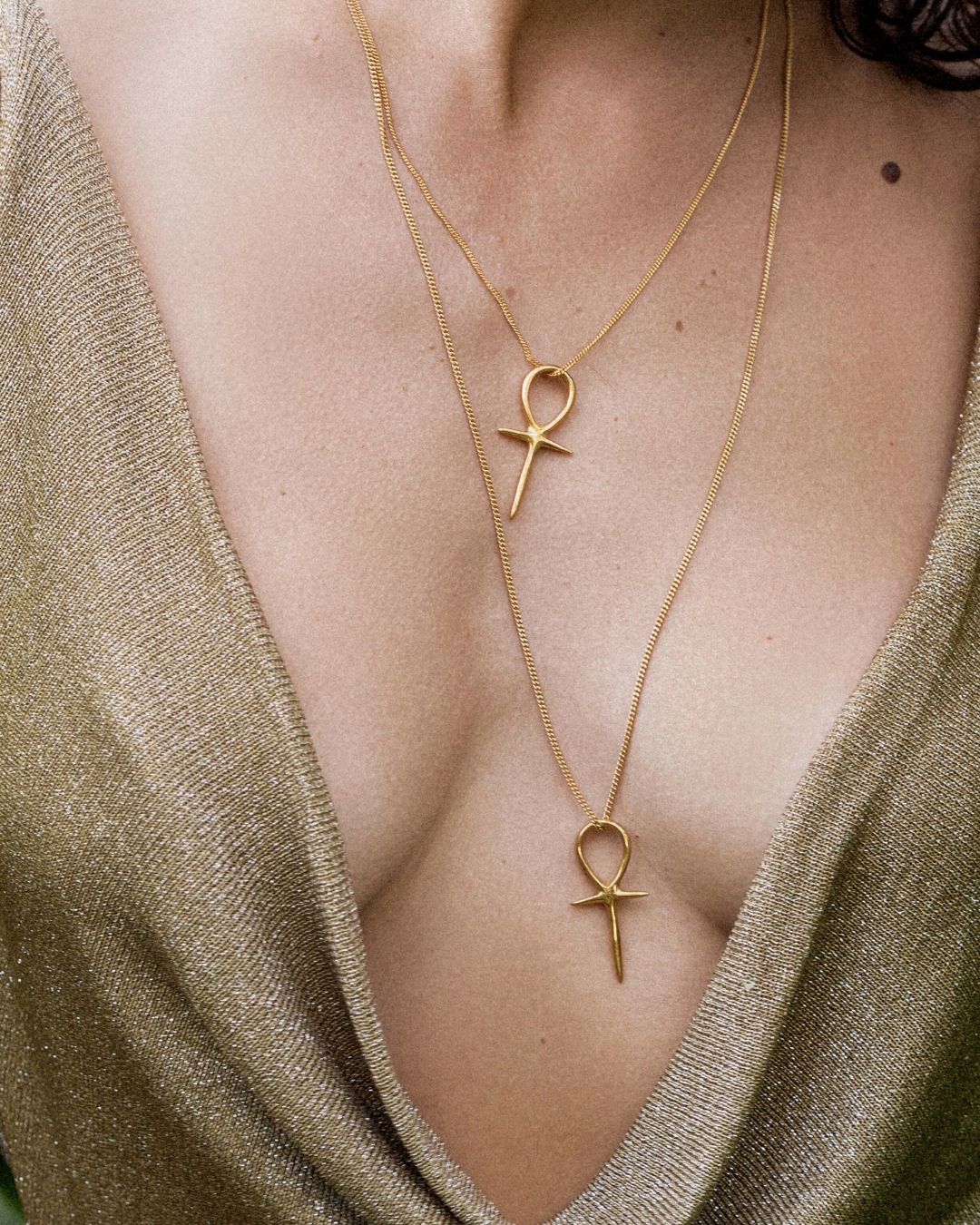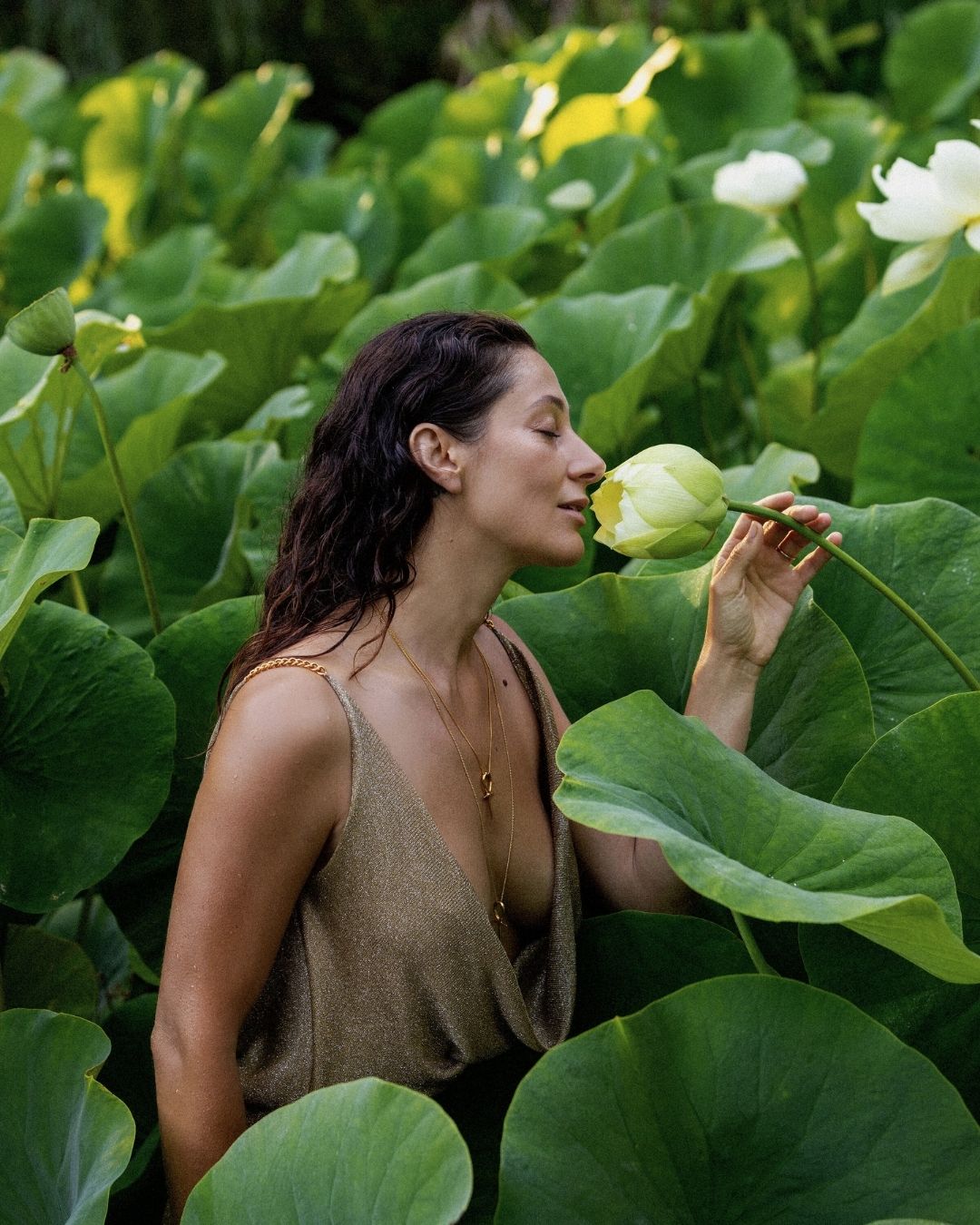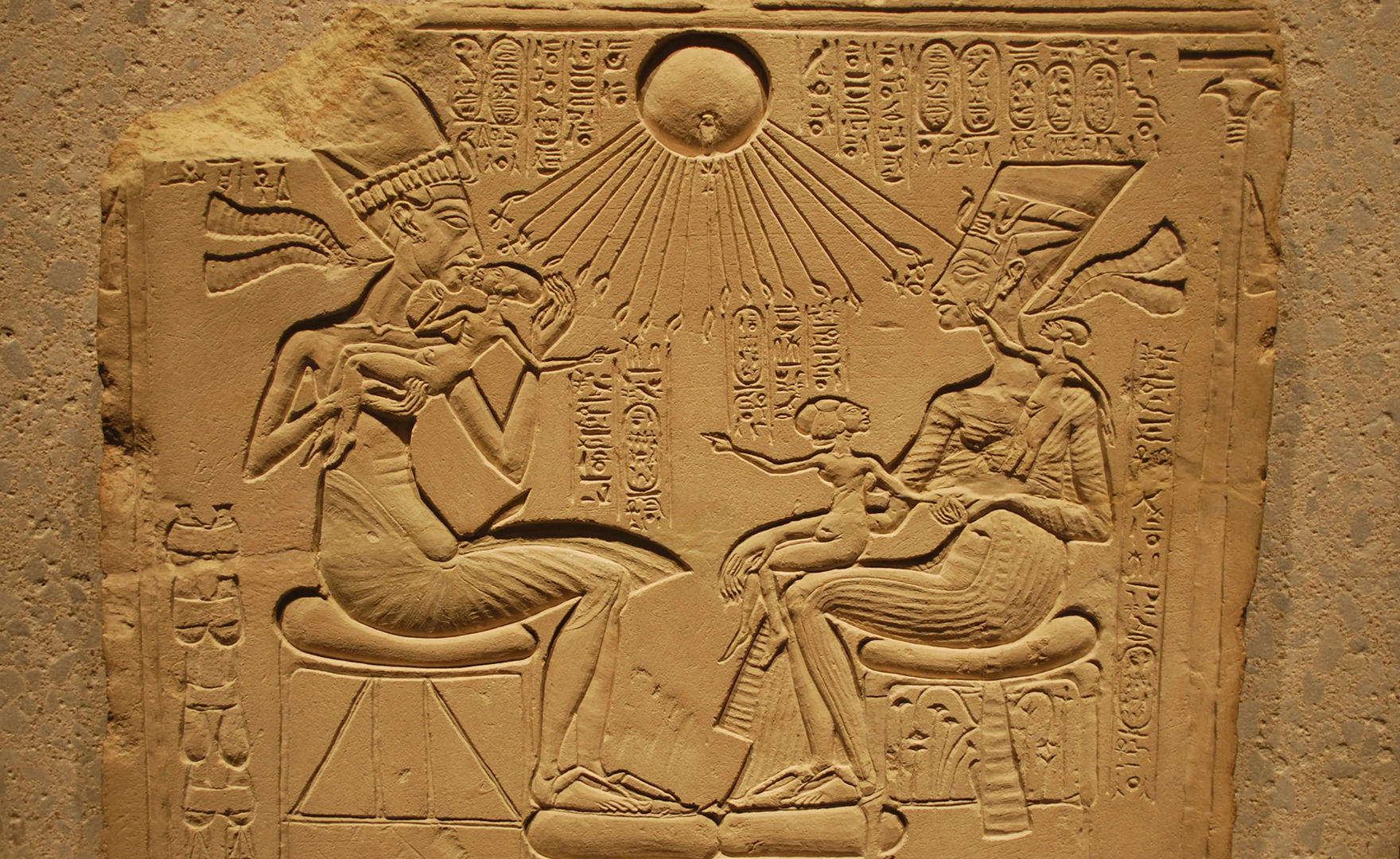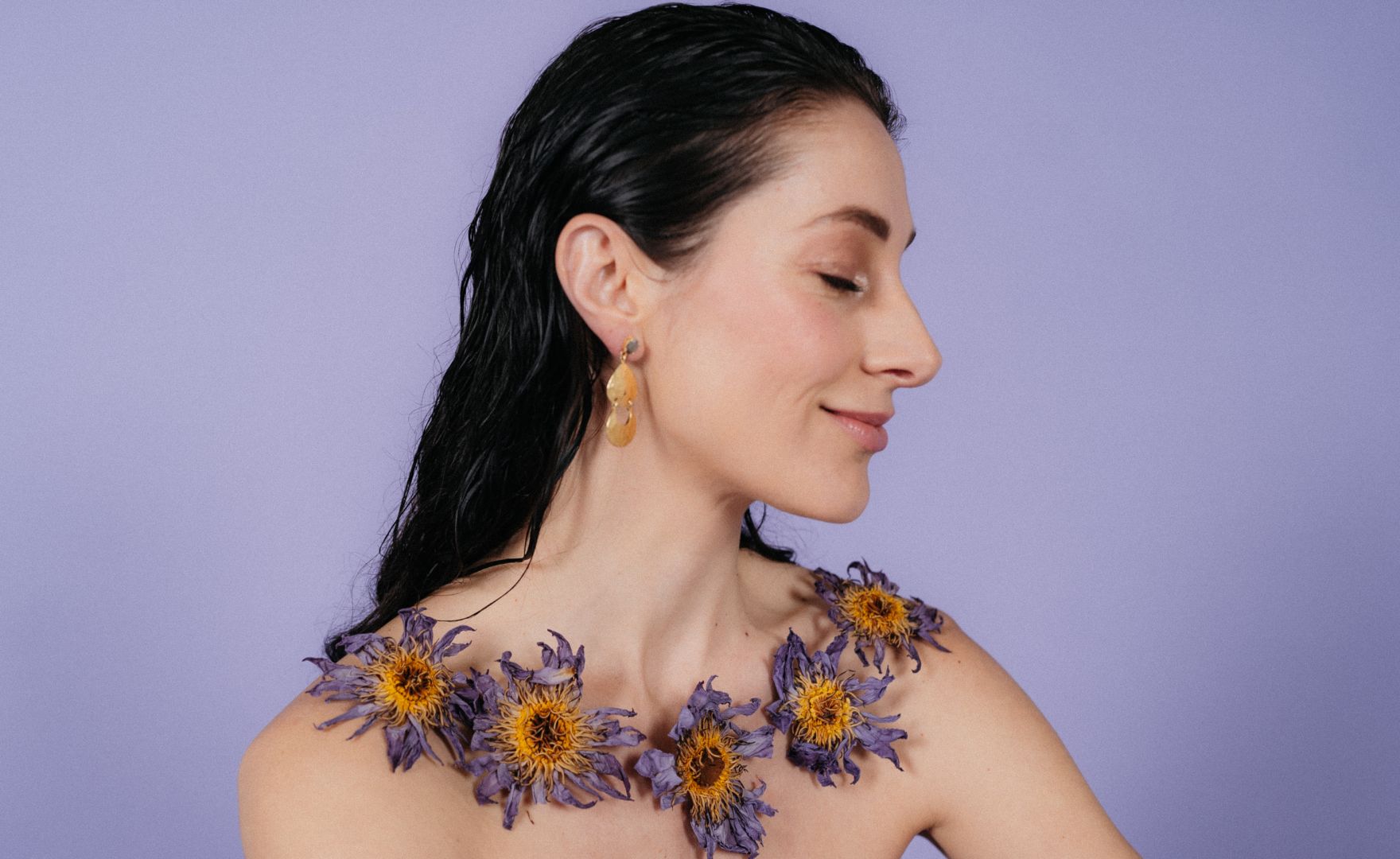The Mystical Elixir | Blue Lotus Wine in Ancient Egypt
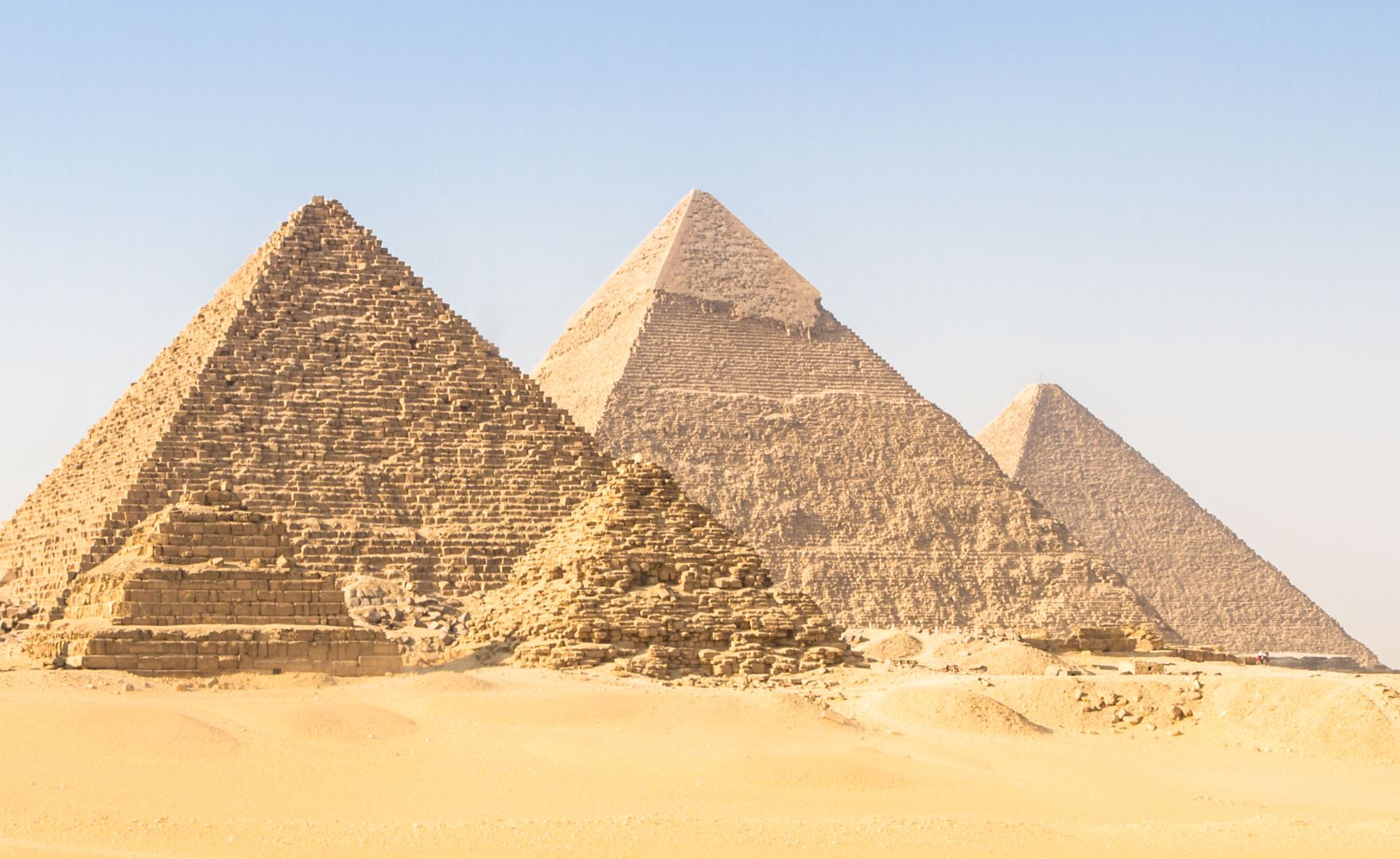
Welcome to a journey through time, to the enigmatic land of ancient Egypt.
Among the many wonders that adorned this civilisation, there existed a captivating beverage known as Blue Lotus Wine.
This cherished elixir, steeped in both history and mythology, played a significant role in the lives of the pharaohs and was believed to possess mystical properties.
Join us as we uncover the secrets of Blue Lotus Wine, its cultural significance, and a recipe that allows you to taste the essence of ancient Egypt.

The Blue Lotus (Nymphaea caerulea) was a beautiful aquatic flower that grew along the banks of the Nile River. Revered for its mesmerising blue hue, the lotus held deep symbolic meaning in ancient Egyptian mythology.
Cultural Significance
In ancient Egypt, the lotus flower played a prominent role in religious ceremonies and rituals.

The Creation of Blue Lotus Wine
The Egyptians discovered that the blue lotus possessed active compounds and properties.
They believed it could induce a euphoric state, enhance relaxation, and unlock spiritual insights.
To harness these effects, they infused the flowers in wine, creating the revered Blue Lotus Wine.
Harvesting the Flowers: The blue lotus flowers were carefully hand-picked during their peak bloom, usually in the early morning when the petals were fully open.
Infusion: The freshly harvested flowers were gently placed in ceramic jars or amphorae, and wine made from locally grown grapes was poured over them. The jars were sealed tightly to allow the flowers to infuse their essence into the wine.
Fermentation: The wine and lotus flowers were left to ferment together for several weeks, allowing the flavours and aromas to meld. This process created a unique elixir that combined the intoxicating effects of wine with the mystical properties of the lotus.
The Elixir of the Pharaohs
Blue Lotus Wine was highly coveted among the elite of ancient Egyptian society, particularly the pharaohs and the priestly class.
It was believed to have both medicinal and spiritual benefits. The wine was often consumed during religious ceremonies, banquets, and gatherings to induce a state of heightened consciousness and to facilitate communion with the divine.

A Recipe to Recreate the Ancient Elixir
Although the exact recipe for Blue Lotus Wine has been lost to time, we can still capture the essence of this ancient elixir. Here's a modern-day adaptation that pays homage to the flavours and symbolism of the Blue Lotus:
Using a funnel, pour the mixture ( wine and petals) back into the wine bottle. Reseal the bottle and store the blue lotus infused wine in the refrigerator, making sure to shake it gently every couple of days.
If desired, you can leave the petals in the wine or add additional herbs or spices to enhance the flavour.
